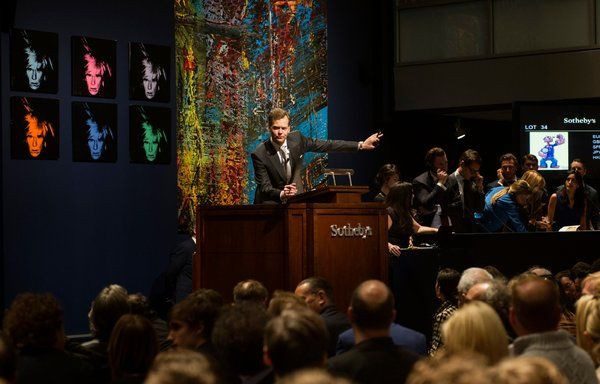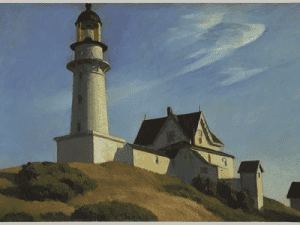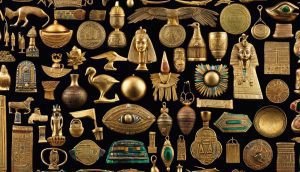I find the art market to be a complex and constantly evolving ecosystem that plays a critical role in the world of art. As an art enthusiast, navigating the multifaceted and often opaque art market can be quite challenging. From discovering artists and galleries that create and showcase works of art to connecting with collectors and investors who buy and sell them, there’s a lot to explore in this industry.
As you read this article, you will delve into the fascinating world of the art market. You will learn about its rich history, the influential people who shape it, and the factors that propel its development and transformation.
As you may know, the art market has a rich history that dates back to ancient civilizations. Back then, art was primarily created for religious or ceremonial purposes.
In mediaeval Europe, you would have seen that art was mainly commissioned by the Church and wealthy patrons. It was commonly used to convey religious or political messages.
I learned that during the Renaissance, art started to be seen as a valuable commodity. It was fascinating to discover that famous artists like Michelangelo and Leonardo da Vinci became celebrities and earned a lot of money.
It’s fascinating to learn about how the art market grew during the 18th and 19th centuries. The middle class played a significant role in this expansion, and it’s interesting to see how public museums and galleries also contributed to this growth. I find it fascinating how the modern art market was born in the 20th century, with the emergence of art fairs, auction houses, and the rise of contemporary art.
Who are the key players in the art market?
You may find that the art market is made up of a variety of players, each with their own role and perspective. What are your thoughts on these?
As an artist, you have the ability to create a wide range of works, from traditional paintings and sculptures to performance art and installations.
I love visiting galleries! They are places where you can see amazing works of art and even purchase them. Galleries usually represent a group of talented artists and earn a commission on any sales made.
As an art collector, you may purchase art for your own personal enjoyment, investment, or a combination of both. You can be a collector whether you’re a wealthy individual or represent a museum or institution.
As an art dealer, you would buy and sell works of art, serving as a liaison between artists and collectors.
You can attend public auctions held by auction houses to bid on works of art and potentially purchase them. When you sell something through an auction house, they will take a commission on the sale and may set a reserve price to make sure you get a minimum price for your item.
What drives your interest in the art market?
As an art enthusiast, you may already know that the art market operates under the principles of supply and demand, just like any other market.
When you have a high demand for a particular artist or type of artwork, you may notice that prices can skyrocket. On the other hand, when your demand is low, your prices can drop.
Your perception of artists, galleries, and auction houses can have a significant impact on the worth of art pieces. As an art enthusiast, you may have noticed that artists who have already made a name for themselves and have a proven record of sales tend to charge higher prices compared to those who are just starting out.
You also may have noticed that the art world is influenced by trends and fads, just like any other industry. As an art enthusiast, you may have noticed that certain artists, styles, or movements can become popular and drive up prices, while others may fall out of favour.
I believe that economic conditions have a significant impact on the art market. During periods of economic growth, you may notice that prices of art pieces may rise as you and other collectors have more disposable income to invest in them. On a personal level, you may notice that during tough economic times, collectors tend to become more cautious and prices may drop as a result.
What are the challenges you think the art market is facing?
I understand that you may be interested in the art market, but it is important to note that there are several challenges it is currently facing. You mentioned these:
I believe that authenticity is a crucial factor in the art market, especially with the increase in online sales and the prevalence of counterfeit artworks. As an art enthusiast, it’s important to take great care when buying or selling artwork to ensure that it’s authentic and not a counterfeit.
You may feel frustrated with the lack of transparency in the art market, as prices and sales have historically been kept hidden from the public eye. I understand that it can be challenging for you as a collector or investor to make informed decisions due to the lack of transparency.
What are your thoughts on ethics?
I believe that the art market is not immune to ethical issues, and I have noticed several instances of unethical behaviour in recent years. Have you ever heard of the sale of forged artworks? It’s a pretty interesting topic. You should be cautious and ensure that the artwork you are purchasing is authentic, especially if you are an art collector or investor. I understand your concern about the conflict of interest that can arise when art dealers or auction houses engage in secret bidding or take advantage of insider knowledge. You may experience inflated prices and a lack of transparency in the market.
In my opinion, the art market is a complex and constantly evolving industry. I believe that although there may be challenges, there are also opportunities for us as collectors and investors to participate in this exciting market. However, you should be aware of the risks and make informed decisions. As you continue to explore the art world, you can expect to witness new trends and developments that will make your journey even more exciting. It’s a dynamic industry that’s constantly evolving!
Recommend0 recommendationsPublished in Blogs






Responses